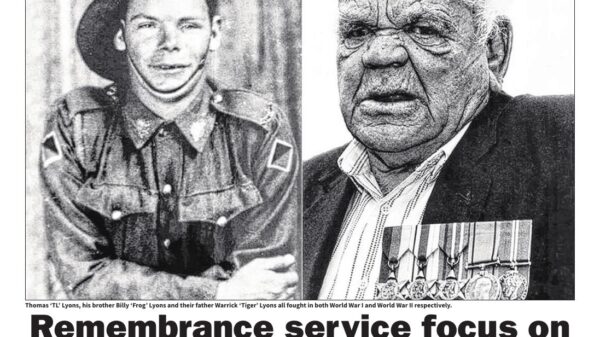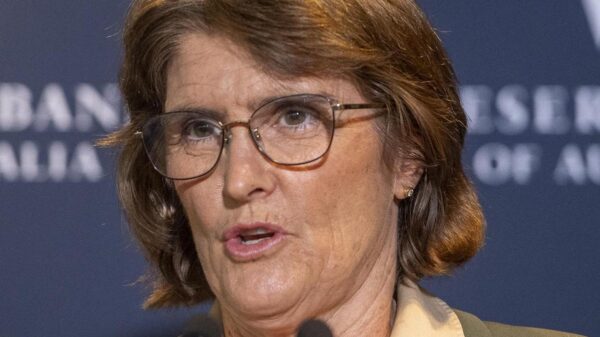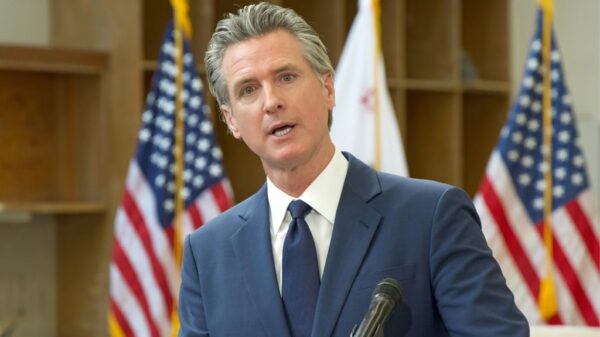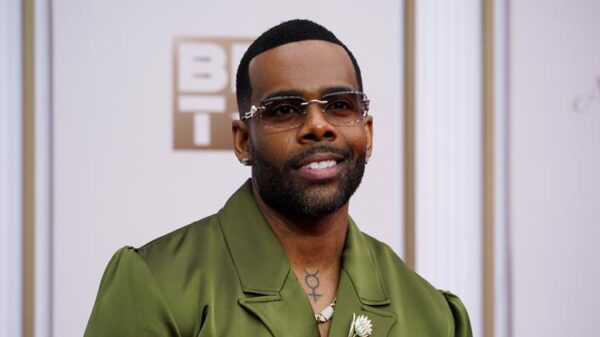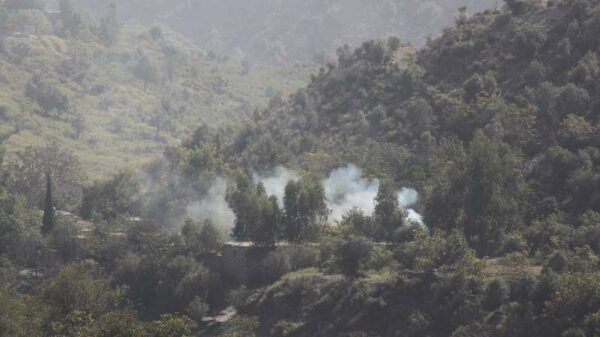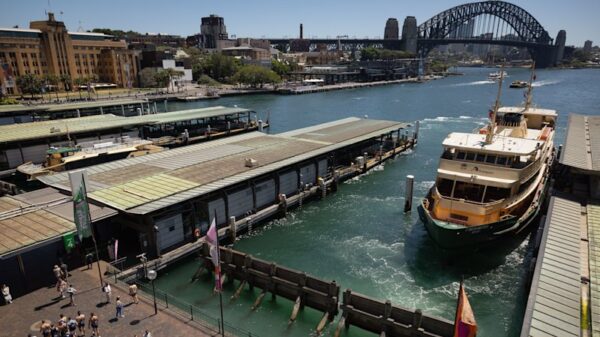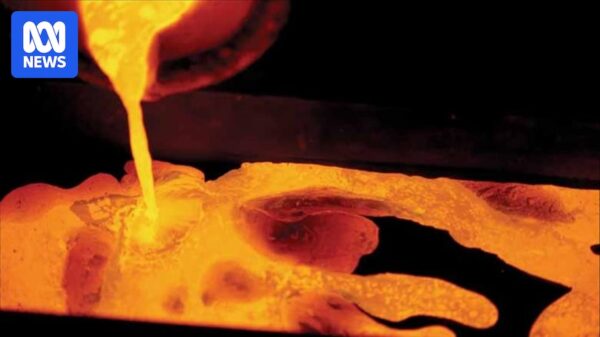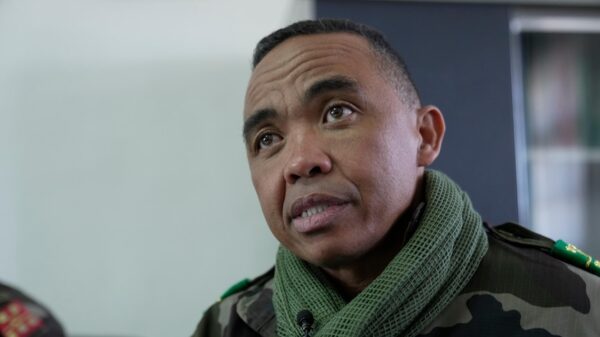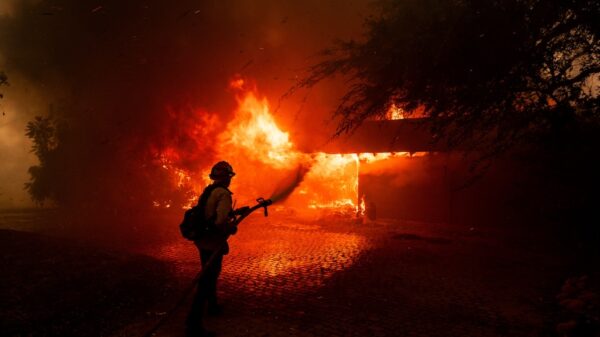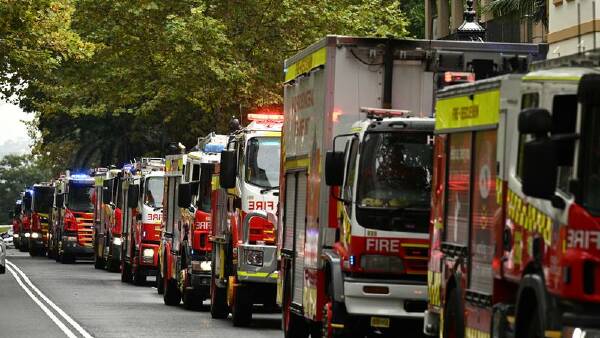Thousands of firefighters in New South Wales will see a significant pay increase of 14 percent over three years, following a ruling by the NSW Industrial Relations Commission. This increase, which is backdated to February 2024, exceeds the 9 percent raise initially proposed by the state government. The commission’s decision reflects a growing recognition of the comprehensive role firefighters play, extending beyond traditional fire-fighting duties.
The Fire Brigade Employees’ Union celebrated the ruling as a validation of their long-standing claims regarding wage suppression. Union representatives had sought a 17 percent increase, arguing that the nearly 7,000 firefighters in the state had faced stagnant wages for over a decade under previous government policies. The commission acknowledged that firefighters’ work was undervalued, citing “historic or intrinsic factors” that contributed to this disparity.
The new pay deal includes a one-off adjustment of 2 percent to help alleviate cost-of-living pressures, in addition to another 3 percent recognizing the firefighters’ specialized training in road crash rescue operations, deemed a “core function” by the commission.
Implications for Future Labor Relations
Industrial relations expert Fiona MacDonald expressed hope that this ruling might encourage state governments to more seriously consider pay claims from public sector workers, potentially reducing the need for union disputes to escalate to commission hearings. MacDonald, who serves as the acting director of the Australia Institute’s Centre for Future Work, emphasized that a fair approach could lead to more constructive labor relations.
Despite the optimistic outlook, some analysts remain skeptical about the broader implications of this ruling. John Buchanan, a professor at the University of Sydney, noted that financial constraints often shape government responses to pay negotiations. He remarked, “Employers have argued that ‘capacity to pay’ is a key principle they believe should shape wage determination,” suggesting that the NSW government may continue to invoke budgetary limitations regardless of the commission’s decisions.
Unions representing doctors, nurses, and psychiatrists are currently embroiled in their own negotiations for higher wages, with some members having previously engaged in strikes to push for better compensation. Buchanan highlighted the challenges posed by the previous coalition government’s 2.5 percent wage cap, which he believes has distorted the labor market, complicating negotiations for various professions.
Government Response
The ruling has drawn mixed reactions from political figures. Shadow Treasurer Damien Tudehope criticized the current Labor government’s handling of its budget, claiming that the commission had overstepped by dismissing the government’s fiscal concerns. In contrast, Sophie Cotsis, the Industrial Relations Minister, praised the commission’s decision for providing wage certainty and recognizing the essential work performed by firefighters, particularly in rescue operations.
Cotsis reaffirmed her government’s commitment to addressing recruitment and retention issues within essential services, stating, “We were elected on a mandate to fix the recruitment and retention crisis in essential services, and that is what we are doing.” The ongoing developments in labor negotiations across various sectors indicate that the landscape of public sector compensation in Australia is poised for significant changes in the coming months.
This substantial pay rise for firefighters not only enhances their compensation but also underscores the importance of their multifaceted roles in public safety. As negotiations continue across different sectors, the outcomes may shape future policies affecting a wide array of public service professions, fostering a climate of renewed focus on fair compensation for essential workers.


